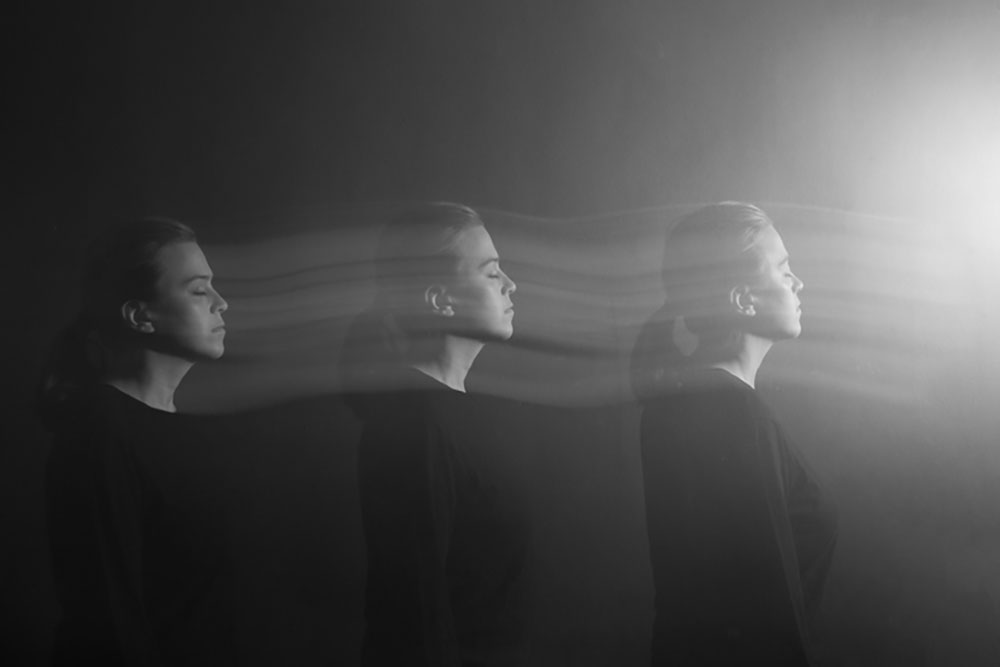
iStock
By Mary Carpenter
MILD concussion, frequent fainting, long-haul Covid and even jet lag—all share physical sensations of being out of whack, out of sync, that fall under the increasingly familiar label dysautonomia. The nonprofit Dysautonomia Project’s seven-item “symptom checker” list includes brain fog, fatigue, lightheadedness, shortness of breath, GI symptoms, chest discomfort and difficulty standing still.
Vasovagal syncope—also called the simple faint, and a common sign of dysautonomia— seemed the obvious diagnosis for Maureen Ryan, subject of a recent Washington Post “medical mystery.” Although Ryan had fainted often over many years, when she woke up in a Seattle park after a solo run feeling terrified and vulnerable, she decided to seek medical help.
“Someone is considered to have syncope if they become unconscious and go limp, then soon recover,” according to the Johns Hopkins site. Vasovagal refers to a temporary fall in blood pressure caused by overactivity of the vagus nerve, the long wandering nerve that connects the body and the brain. In vasovagal syncope, the most common form of reflex syncope, the heart slows or the blood vessels dilate as a reflex response to a trigger—often a combination of dehydration and upright posture as in prolonged exercise, or emotional as in “fainting at the sight of blood” (or a needle).
Dysautonomia also underlies the diagnosis of POTS (postural orthostatic tachycardia syndrome) or lightheadedness on standing up. If blood remains in the lower part of the body, the heart beats faster and blood pressure drops suddenly—often occurring in the wake of an infection when auto-immune markers remain in the blood.
But the immediate cause is the body’s failure to react—to get blood moving back up toward the head—via the autonomic nervous system (ANS), which is responsible for maintaining equilibrium or homeostasis in the body. According to Mayo Clinic neurologist Jeremy Cutsforth-Gregory, “Dysautonomia is probably significantly more common than we realize…it’s significantly underdiagnosed.”
What can be out of whack comes from imbalance between the autonomic nervous system’s two branches — the sympathetic and parasympathetic nervous systems (SNS and PNS). With an overactive SNS and underactive PNS—called sympathetic dominance —the release of hormones such as adrenaline, usually involved in a sudden but brief fight-or-flight response, can persist over time. A healthy parasympathetic nervous system, on the other hand, counters the stress response by lowering heart rate and blood pressure.
Even mild concussion—including one caused by a hit with a dog toy—can keep the two systems out of balance. The nervous system’s connection to the body through a cluster of cranial nerves at the base of the skull makes it vulnerable to injury from outside forces. After D.C. artist and teacher A.M. hit her head on a pole rushing to get off a Metro train, symptoms began with headaches and facial pain focused in her jaw, but what caused the most trouble was extreme sensitivity of her eyes to any light, indoors and outside, that lasted for months.
When patients with long Covid listed lightheadedness, brain fog and fatigue among their symptoms, doctors began testing for dysautonomia. Finding indicators in almost two-thirds of patients led to speculation about a lasting autoimmune reaction to the virus.
And interference with sleep cycles due either to sleep restriction or to misalignment of sleep times with circadian rhythms—the desynchrony that occurs with jet lag—has led to “impaired autonomic function,” according to researchers at the University of Chicago investigating the effects of these on blood pressure and cardiovascular risk.
The heart also offers the best means of assessing dysautonomia, specifically heart rate variability (HRA). A Holter monitor, a noninvasive device with electrodes attached to the chest, can record variations in heart rate over 24 hours —with greater variability, sometimes elevated and sometimes low, indicating a healthier autonomic nervous system. Dysautonomia treatment focuses on individual symptoms: for blood pressure, using medication; or in the case of low blood pressure, making lifestyle changes such as adding salt and drinking more liquids.
Drinking liquids is also the best immediate recourse for feeling faint—along with raising the legs higher than the head to help get the blood flowing in the right direction. Other possibilities involve working directly on the vagus nerve to spur activity in the parasympathetic nervous system by way of the vocal cords—with activities that include gargling, singing and humming. When yoga teachers encourage the chanting of ohm, extending the sound deep into the throat can produce a sort of vibration that can help with moving from hectic daily life to focused poses of yoga.
But dysautonomia can also be a misleading default diagnosis. In Maureen Ryan’s medical mystery, vasovagal syncope was incorrect—because “at the peak of exercise the vagal response does not kick in,” according to cardiologist and electrophysiologist Samir Saba at the University of Pittsburgh Medical Center. Instead, the problem turned out to be an anomalous right coronary artery originating from the wrong location, detected by MRI, that caused “severe compression [limiting] blood flow at the peak of exertion.”
While excess summer heat or sun exposure can make me feel faint, cramping is my earliest sign of trouble. What has helped is “Saltstick Fastchews,” which taste something like sweet tarts and include small amounts of four electrolytes. I started eating one every now and then in warm weather and now take one most every day—maybe too little to make a real difference, but something easy I can do that seems to help.
—Mary Carpenter regularly reports on need-to-know topics in health and medicine.
MyLittleBird often includes links to products we write about. Our editorial choices are made independently; nonetheless, a purchase made through such a link can sometimes result in MyLittleBird receiving a commission on the sale. We are also an Amazon Associate.
